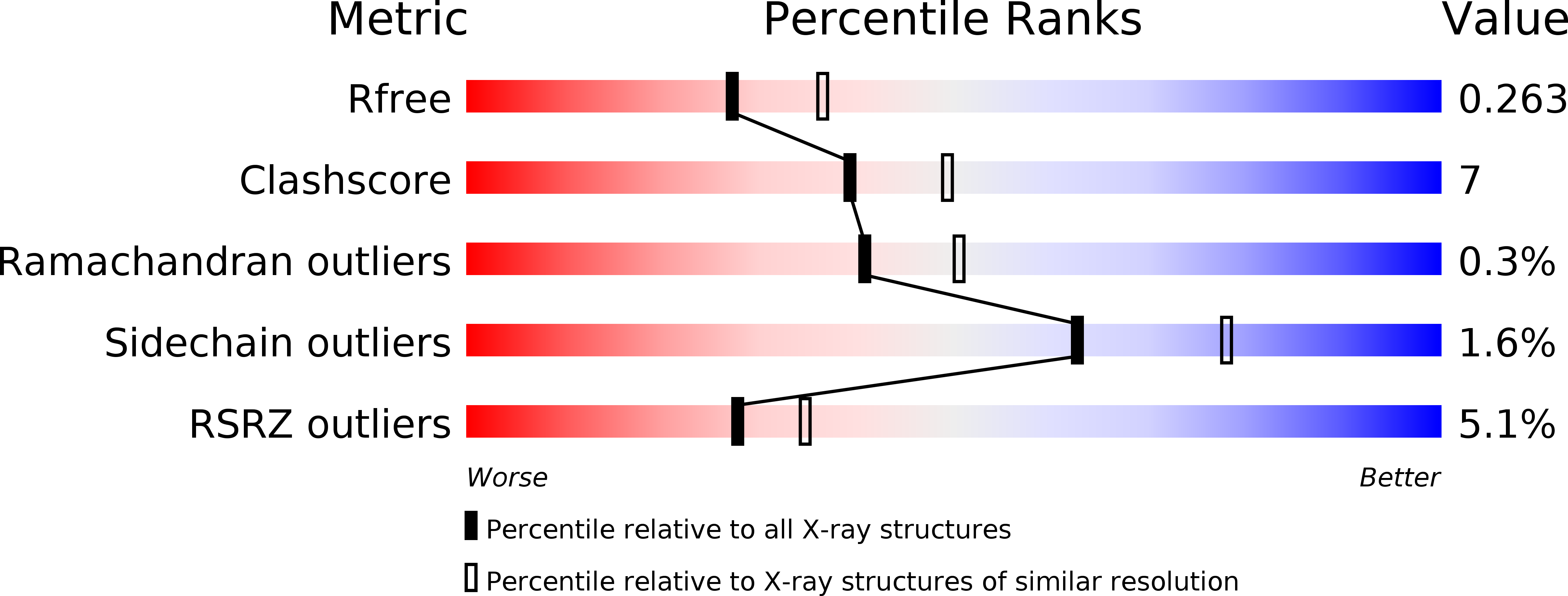
Deposition Date
2019-09-03
Release Date
2020-09-09
Last Version Date
2023-11-22
Entry Detail
PDB ID:
6KV3
Keywords:
Title:
Crystal Structure of NAD+ Synthetase from Staphylococcus aureus
Biological Source:
Source Organism:
Staphylococcus aureus (strain COL) (Taxon ID: 93062)
Host Organism:
Method Details:
Experimental Method:
Resolution:
2.30 Å
R-Value Free:
0.26
R-Value Work:
0.21
R-Value Observed:
0.21
Space Group:
P 1 21 1


